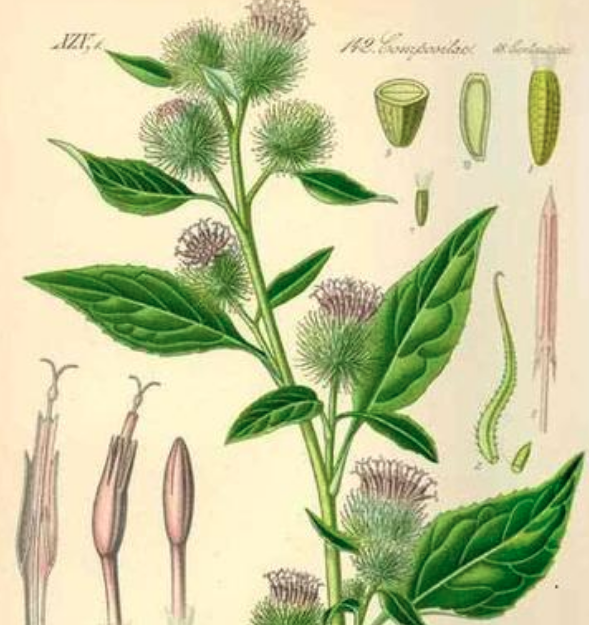As winter nears, farmers and foragers are starting to dig up roots and tubers. Between potatoes, sweet potatoes, and sunchokes, we are also planting garlic, shallots, and other ornamental bulbs such as tulips and daffodils. One of my favorite wild edibles’ roots are harvested in the Fall, which is Burdock. Nearly all of Burdock’s parts can be used, from its leaves, shoots, flowers, and roots. Both as food and medicine across cultures, Burdock is a powerful plant companion. Growing in forests and along sidewalks, Burdock is abundant. Though it can be found in great abundance, please remember to harvest responsibly, leaving enough for other people, animals, and the Burdock plant itself to regenerate.
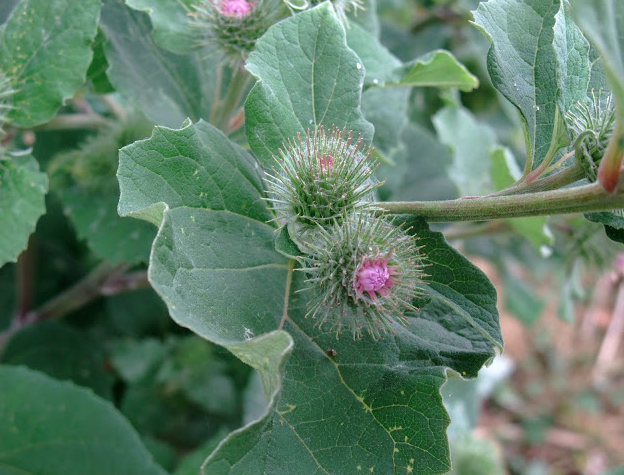
Burdock (arctium) is a large plant with big, broad leaves with a subtle whitish-pink striped stem running through the middle. In the Spring, Burdock produces spiky purple flowers in the shape of orbs, similar to thistles. These flowers turn to dry burred seed pods that stick to your pant legs in the Fall. The flowers and leaves can be used to make tinctures and teas. It’s young Spring shoots can be eaten in the Spring. Because Burdock is a biennial plant, it does not flower until its second year. The first year of Burdock’s life is spent in developing a deep taproot–as long as two feet deep! The root can be harvested in Burdock’s first Fall or second Spring because it does not disturb the plant’s life cycle and ability to reproduce at this time. The root can be dug from the ground and cleaned to be used for medicine or for cooking. Burdock sends up a big shoot, many smaller shoots, and flowers in its second year to reproduce. The stalks can be harvested in the early Spring before the Burdock plant develops flowers. By that time, the stalks are extremely fibrous and not palatable.
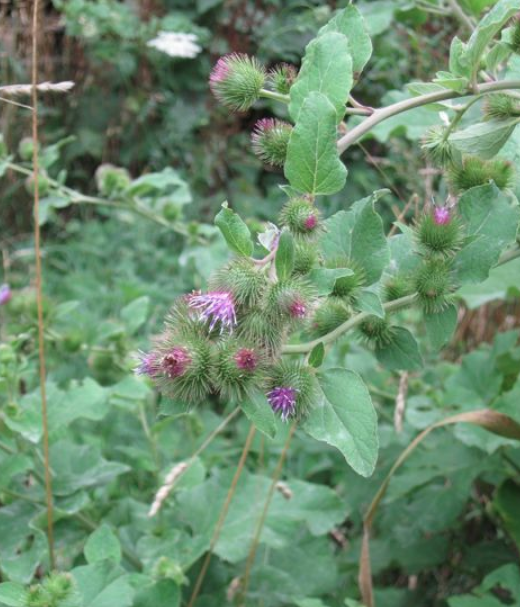
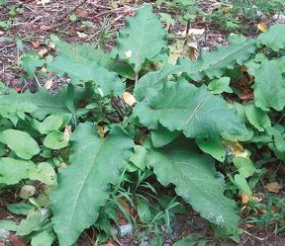
In Korean, Japanese, and other East Asian cuisines, Burdock root is often sauteed in a pan with soy sauce and sesame seeds such as in Kinpira Gobo. Burdock is often served with kimchis and other small plates at the start of meals. In European traditions, Burdock is more often used in the form of fresh leaf tea or root tincture, though can be roasted in a pan with other root vegetables. Burdock root tastes earthy and bitter, a bit like parsnip or celeriac root, and therefore benefits from a bit of honey or maple syrup in cooking. In both Asian and European countries, which Burdock is native to both, it is used as a liver detoxifier, digestive, anti-inflammatory, and diuretic. Because the liver is one of the body’s main detoxifiers, Burdock also plays a role in soothing skin conditions such as eczema, and may have some potential in cancer treatments. As a folkloric root that symbolizes protection, it makes sense that as medicine it would support the protective systems of the body.
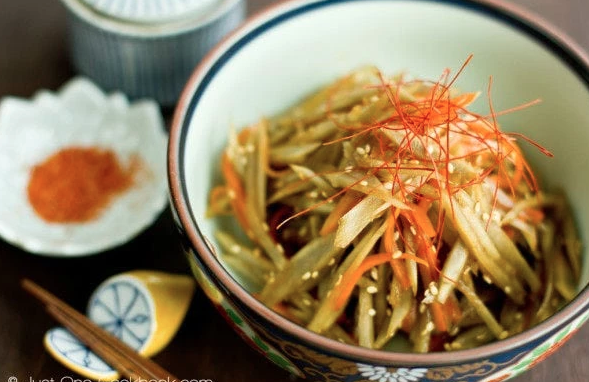
I encourage you to explore your neighborhood and see if you can spot Burdock! Only harvest if you are 100% sure of what you see. Burdock can sometimes look similar to Belladonna, which is poisonous. It can also look like Yellowdock, which is not poisonous and is also good to eat!
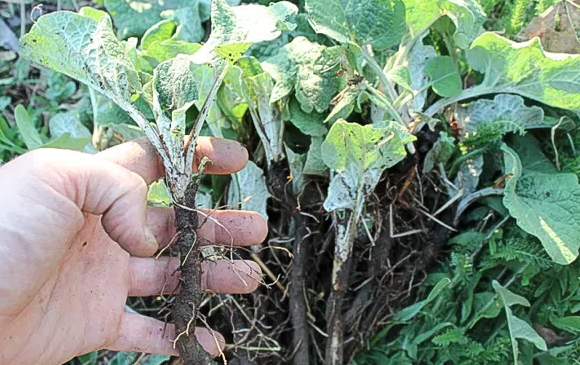
Check out some inspiring recipes below:
P.S. My cat is named Burdock. This plant is his namesake.

